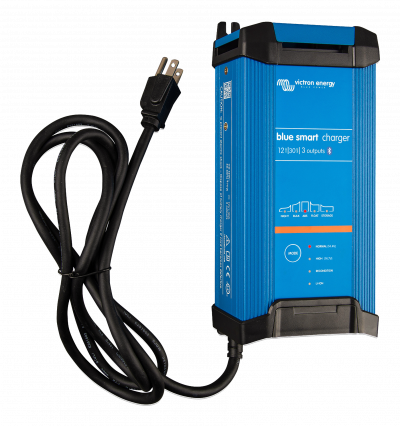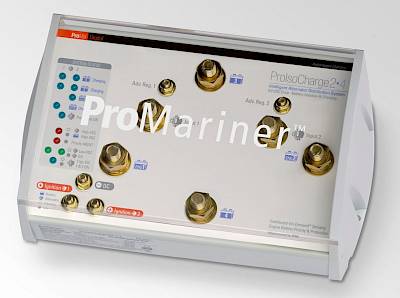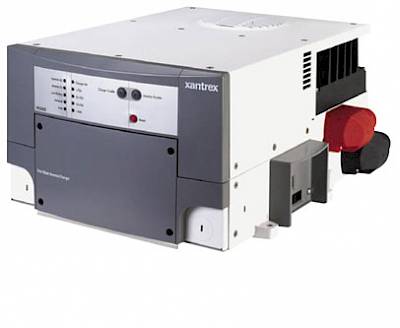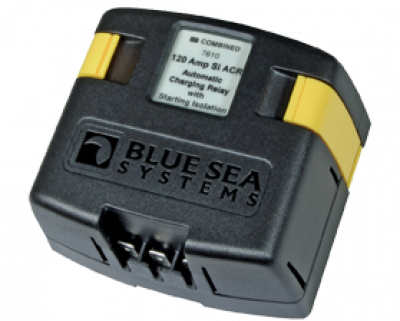
Battery Charging Rates
Slow and steady wins the race when it comes to battery charging. It is important to bring a flooded lead/acid battery to at least 14.4VDC to get the electrolyte circulating and avoid stratification. However, prolonged charging above 14.4VDC can lead to hydrolysis (cleaving of the water in the electrolyte into hydrogen and oxygen). And, attempting to force current into a battery bank beyond the level of the banks charge acceptance can lead to the generation of heat that could potentially damage the battery plates or posts.
AGM batteries can be irreparably damaged by over-charging. If hydrolysis occurs, to an extent that creates pressure in the cells above the threshold of the valve regulation, then the lost content cannot be returned to the electrolyte. Lithium Ion batteries have extremely high acceptance values, but it is critical that charging is stopped when the batteries are topped.
The general rule of thumb for charging rates, as a percentage of battery capacity, is 25%-30% for flooded lead/acid, 30%-40% for AGM, and as high as 90%-100% for Li-Ion. In all cases, precise regulation is required to reduce bulk charging levels once the battery bank is at 85% state of charge and the bank is ready for absorption charging levels.
Related Content






 $549.98
$549.98 $402.73
$402.73


























